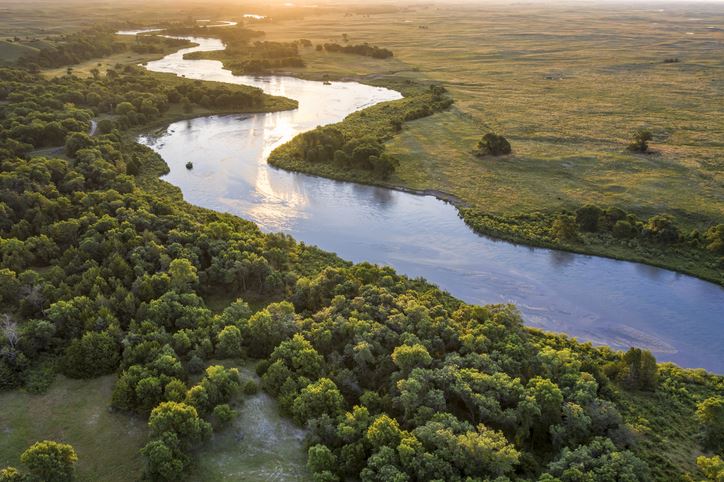
(Newer)
– A bird’s-eye view of U.S. rivers shows that about 1 in 3 has changed color in the past three decades, Live Science reports. In particular, they have gone from blue to shades of yellow or green since 1984, according to an extensive analysis of satellite images compiled in a new study. Researchers aren’t presenting this as a doom-and-gloom report because so many variables are involved, but they say their relatively simple statistic can be another tool for measuring waterway health. Generally, rivers turn yellow because of excess sediment and green because of excess algae, while blue indicates ‘clean, healthy water systems’. Smithsonian. According to the new report’s census, which analyzed more than 235,000 images between 1984 and 2018, more than half of America’s rivers were yellow, about a third green, and 8% blue. See this interactive map.
“Most rivers change gradually and are imperceptible to the human eye,” lead author John Gardner of the University of North Carolina tells Live Science. “But areas that change the fastest are more likely to be human-made.” Think of dams, reservoirs, and increased development, all of which can alter the “nutrient flows” in rivers, a scientist from the University Corporation for Atmospheric Research tells Salon. A professor of atmospheric science at Penn State adds that climate change may also be a factor, as warmer temperatures would generally increase algae levels. Still, “I don’t believe there are any immediate threats to human health” because of the changing colors, Gardner says. While rivers can change color from season to season due to factors such as melting snow, the 1-in-3 figure represents the rivers that have undergone long shifts. (Read more river stories.)